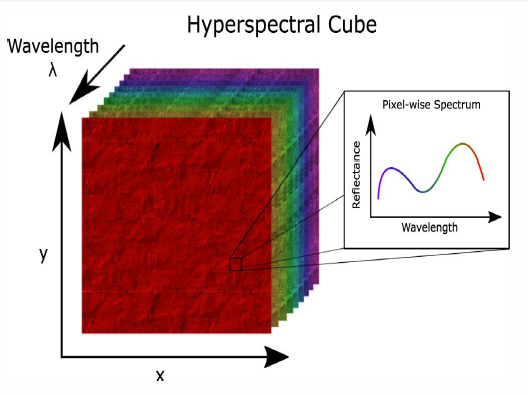
A large proportion of plastic that is used is never recycled and ends up in the environment. Recycling of plastic is one step towards solving this problem. In order to recycle plastic, it has to be sorted by type. Previous research has shown that hyperspectral imaging and deep learning work well for this purpose, but current methods are relatively slow. Since hyperspectral imaging results in large amounts of data, the expectation is that reducing the dimensionality of the data will result in faster prediction speeds. In this paper, three methods for dimensionality reduction are explored: Principal Component Analysis, Linear Discriminant Analysis and Dropout Feature Selection. A convolutional neural network is trained to predict four different types of plastic. The experiments show that dimension reduction from 214 to three bands gives results that are as accurate as results with all bands. With three bands, a frame rate of 4000 frames per second (fps) is possible, a significant increase over the maximum possible frame rate with all bands, which is 670 fps. All methods work well, with accuracies higher than 90% for one band, and up to 99% for three bands.
Click here for the Paper and the PosterHelena Kloosterman

